When Use Polarizing Filter?
A polarizing filter is used in photography to reduce glare and reflections from non-metallic surfaces such as water, glass, and foliage. It can also enhance the color saturation and contrast of the image. The filter works by blocking certain polarized light waves that are reflected off the surface, allowing only the desired light to pass through the lens and onto the camera sensor. Polarizing filters are commonly used in landscape and outdoor photography to capture vivid and clear images of the sky, water, and foliage. They are also useful in architectural photography to reduce reflections on glass buildings and in product photography to eliminate unwanted reflections on shiny surfaces.
1、 Definition and Function of Polarizing Filters

When use polarizing filter?
Polarizing filters are used in photography and videography to reduce glare and reflections from non-metallic surfaces such as water, glass, and foliage. They work by blocking certain polarized light waves that cause the glare, resulting in clearer and more vibrant images.
Polarizing filters are particularly useful in landscape photography, where they can enhance the colors of the sky and foliage, and in outdoor portrait photography, where they can reduce the shine on skin and hair. They are also commonly used in architectural photography to eliminate reflections on glass buildings and in product photography to reduce glare on shiny surfaces.
In addition to their practical applications, polarizing filters can also be used creatively to achieve unique effects. For example, they can be used to create a dramatic contrast between a blue sky and white clouds or to capture the reflection of a subject in a body of water.
It is important to note that polarizing filters work best when the light source is at a 90-degree angle to the subject. They also reduce the amount of light that reaches the camera sensor, so it is necessary to adjust the exposure accordingly.
Overall, polarizing filters are a valuable tool for photographers and videographers looking to improve the quality of their images and reduce unwanted reflections.
2、 Types of Polarizing Filters (Linear vs Circular)
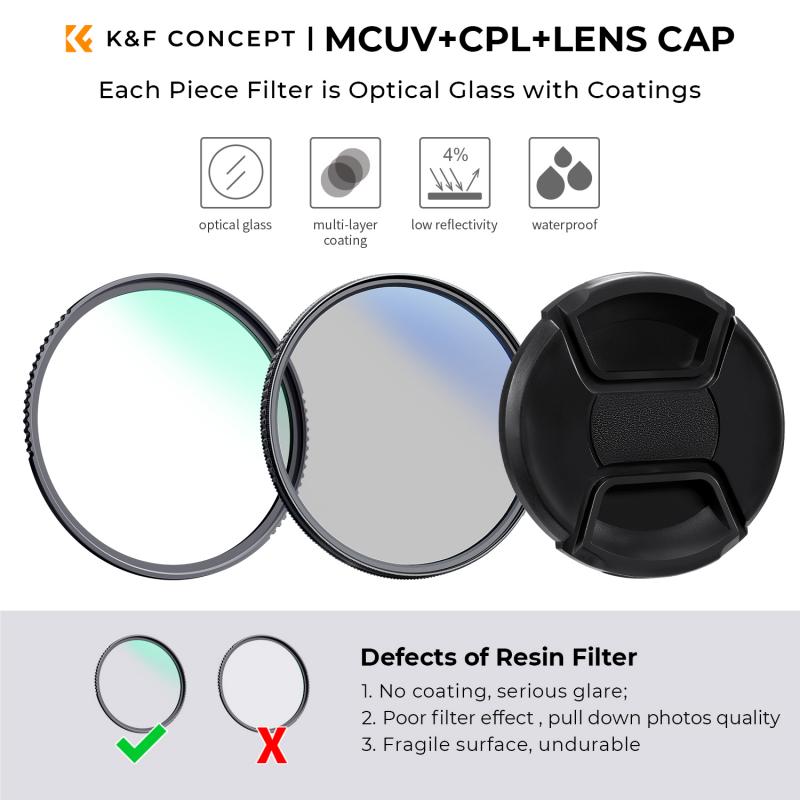
When to use a polarizing filter depends on the situation and the effect you want to achieve. Polarizing filters are commonly used in landscape photography to reduce glare and reflections from water, glass, and other reflective surfaces. They can also enhance the colors and contrast of the sky, foliage, and other natural elements in the scene.
There are two types of polarizing filters: linear and circular. Linear polarizing filters are the older type and work well with manual focus cameras. However, they can interfere with the autofocus and metering systems of modern digital cameras, which require circular polarizing filters. Circular polarizing filters have an additional layer that helps to prevent this interference.
It's important to note that not all circular polarizing filters are created equal. Some cheaper filters may not be as effective or may cause color shifts or vignetting. It's recommended to invest in a high-quality circular polarizing filter from a reputable brand.
In recent years, there has been some debate about the use of polarizing filters in digital photography. Some argue that the effects of polarizing filters can be replicated in post-processing, while others believe that using a filter in-camera can save time and produce better results. Ultimately, the decision to use a polarizing filter is up to the photographer and their personal preferences and shooting style.
3、 Applications of Polarizing Filters in Photography

Polarizing filters are an essential tool for photographers who want to capture stunning images with enhanced color and contrast. These filters work by blocking certain light waves, which reduces glare and reflections and enhances the colors and details in your photos. Here are some common applications of polarizing filters in photography:
1. Landscape photography: Polarizing filters are particularly useful for landscape photography, where they can help to deepen the blue of the sky, enhance the green of foliage, and reduce reflections on water and other shiny surfaces.
2. Portrait photography: Polarizing filters can also be used in portrait photography to reduce glare and reflections on the skin, making it appear smoother and more even.
3. Architecture photography: When photographing buildings and other architectural structures, polarizing filters can help to reduce reflections on glass and other shiny surfaces, allowing you to capture more detail and texture.
4. Wildlife photography: Polarizing filters can also be useful in wildlife photography, where they can help to reduce glare and reflections on feathers, fur, and other shiny surfaces.
5. Sports photography: Polarizing filters can be used in sports photography to reduce glare and reflections on water or other surfaces, allowing you to capture more detail and action.
In recent years, polarizing filters have become increasingly popular among drone photographers, as they can help to reduce glare and reflections on water and other shiny surfaces from a bird's eye view. Additionally, polarizing filters are now available in a range of sizes and shapes, making them compatible with a wide range of cameras and lenses.
4、 Techniques for Using Polarizing Filters Effectively

When to use a polarizing filter depends on the specific situation and desired outcome. However, some general guidelines can be followed to use polarizing filters effectively.
Firstly, polarizing filters are particularly useful when shooting outdoors in bright sunlight. They can reduce glare and reflections on water, glass, and other shiny surfaces, making colors appear more vibrant and saturated. This is especially useful for landscape and nature photography, where the sky and foliage can benefit from the increased contrast and color saturation.
Secondly, polarizing filters can also be used to enhance the colors and details of clouds, making them appear more dramatic and three-dimensional. This effect is achieved by rotating the filter to the optimal angle, which can vary depending on the position of the sun and the direction of the shot.
Thirdly, polarizing filters can be used to reduce haze and atmospheric pollution, making distant objects appear sharper and clearer. This is particularly useful for landscape photography, where distant mountains or cityscapes can benefit from the increased clarity and contrast.
Lastly, it is important to note that polarizing filters can also have some drawbacks, such as reducing the amount of light that reaches the camera sensor and causing uneven polarization in certain situations. Therefore, it is important to experiment with different angles and settings to achieve the desired effect while minimizing any negative impact on the image quality.

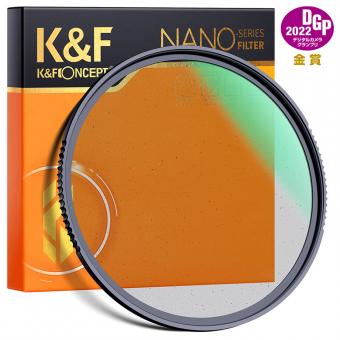
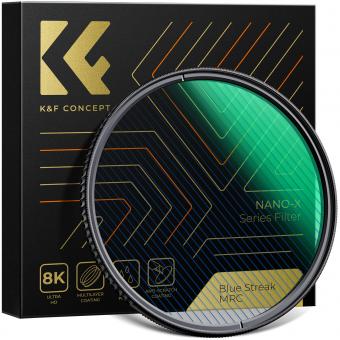





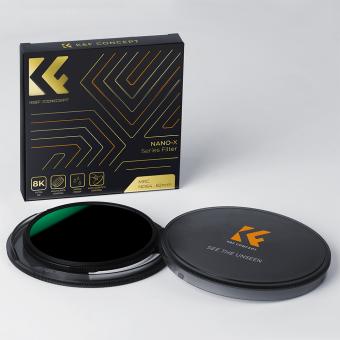
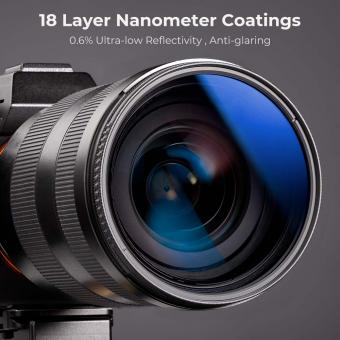



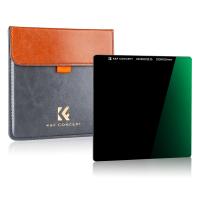

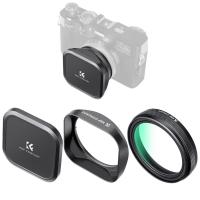

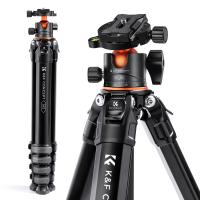


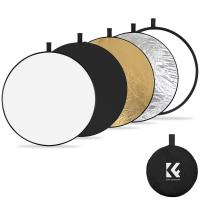
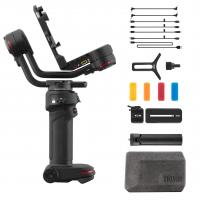



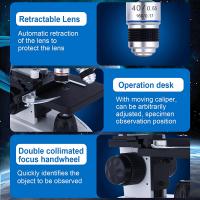



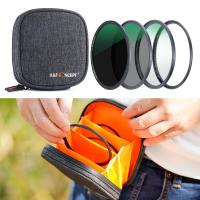
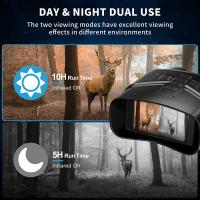
There are no comments for this blog.